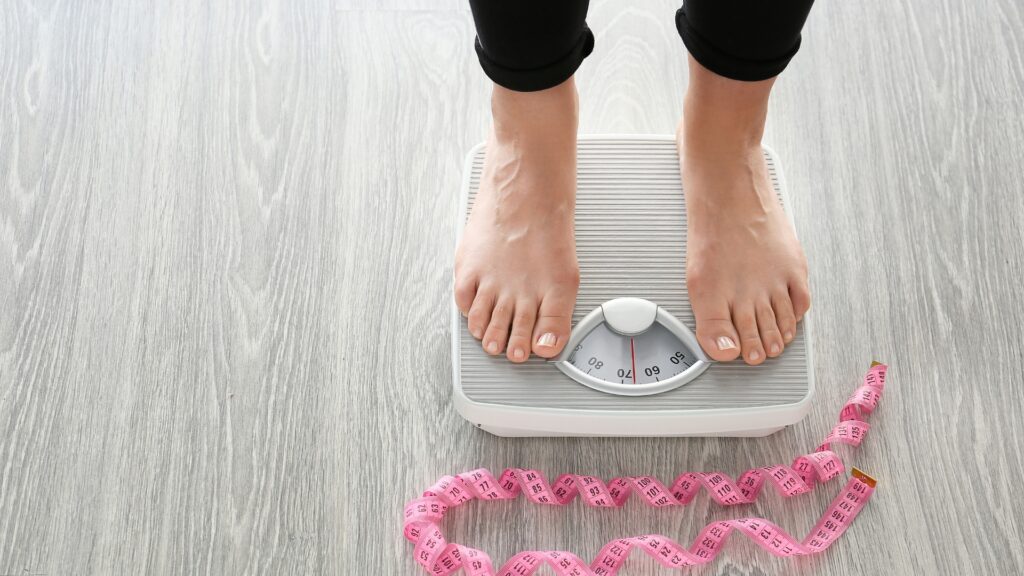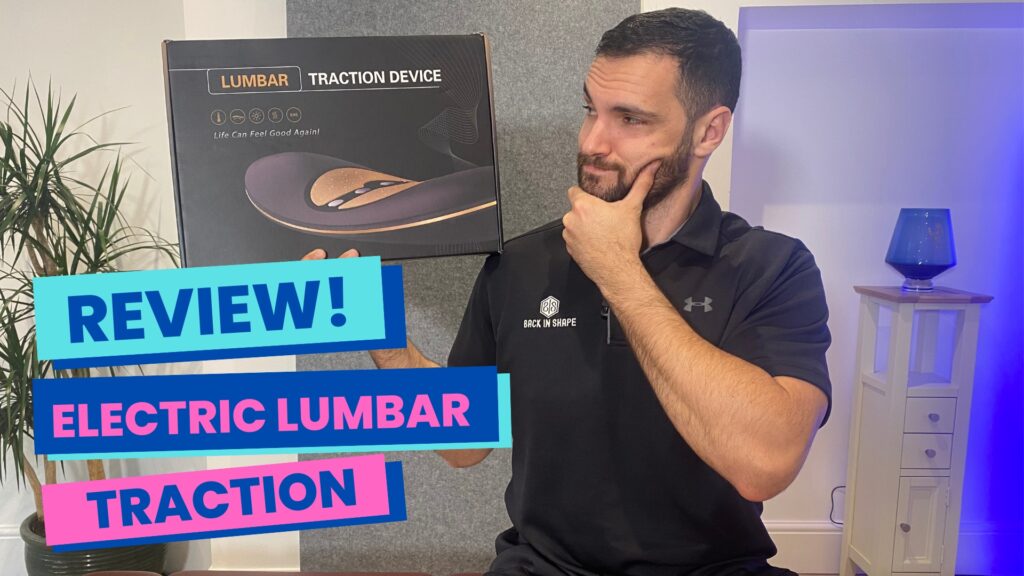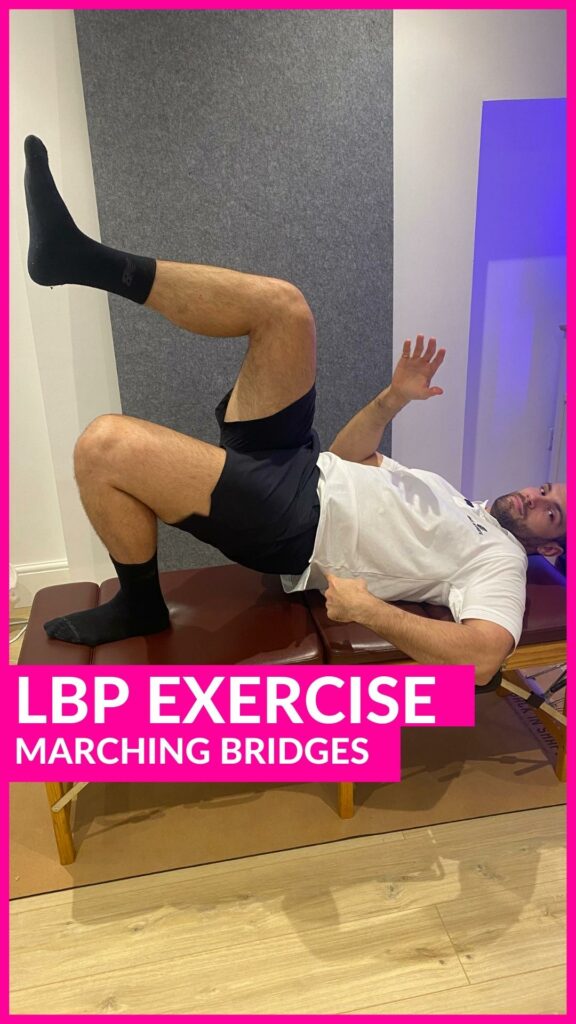
How To Lose Weight When You Have Back Pain
It almost goes without saying that carrying extra weight when you have a lower back injury is not helpful. Because of this it is very easy to take actions that make your back pain worse in the noble pursuit of weight loss. There is however a better and more sensible way to proceed that will combat both the back pain, and also promote weight loss, leaving a healthier pain free you as a result.
Where is your weight gained and what impact does this have on your back injury?
Let us first look at a nuance of weight loss that is worth noting, or rather, weight gain. There are two typical weight gain patterns and it’s helpful to understand where your weight is being gained. Typically women will lay down excess weight around the hips and below firstly, as opposed to men who tend to lay it down around the trunk first. This distinction isn’t black and white, but it is a range generally. The implications of where the weight is laying down will dictate how much of a direct impact it has on your lower back in a fairly logical way.
When your weight gain is in the trunk more, it has a greater impact on your lower back than when your weight gain is below the low back, on the hips and thighs more. Of course it’s better to remove the excess weight but knowing this is at least of relevance to the perceived impact it might be immediately having on your lower back. That being said, the impact on your hips, knees and ankles will likely be less significantly affected and we know that improper function on these joints will have a knock on effect in the lower back.
Big back pain mistake when trying to lose weight
Some of you will be very motivated to shift this weight and that’s great! However, if we have a back injury, especially a more long standing one we often don’t acknowledge that there are significant muscular & support failings that contribute to the back injury. Therefore if we start “working out” to shift the weight, we can quickly worsen things as we are playing with greater forces and have a poor capacity to protect our body.
This is particularly true when we’ve been struggling with low back injuries or sciatica for a long period of time. There is deconditioning of the muscular system in conjunction with weight gain. Which are two actions that combine to multiply the negative effect of one another.
Not only have we lost muscle strength, but the weaker muscles are being asked to manage increased strain from more body mass!
It is completely understandable to want to turn this situation around, and do so swiftly, like with many things in life, there is a good way and a not so good way!
As if it wasn’t obvious already, just jumping right into a exercise regime, walking, running, weights, exercises that are general and focussed to “losing weight” is going to often be a mistake. This is commonly because the types of exercises in typical weight loss programs are going to be problematic for someone struggling with a lower back injury, not least the focus is going to be on intensity and fat burn in most cases. This is at the detriment of technique.
For example, looking around many a fitness class you see lunges or squats being done at “high intensity” with a burn, but noone in the whole class – even the “fit people” are doing full range and controlled movements, it’s often pulses, half, quarter or even one fifth reps! This is for pure burn of calories and quite frankly is not creating a robust individual!
How to lose weight for back pain safely
Recognition of the earlier fact that your body is weaker than it should be is important. As we want to make exercising with intensity a safe modality that moves us closer to health rather than further from it. A little time mastering technique is the way to do this.
We know from experience with our members, many of them reach out to us to say that they joined to help their back pain but have inadvertently found that weight loss has been a result of their adherence to the program.
Why is this and why is it helpful for you?
Because to begin with when working to lose weight you want to focus on exercises that start to build strength! We mentioned earlier that your muscles are likely weaker yet have more demand placed on them when you exercise! Addressing this factor is important, so using simple exercises that teach you to appropriately brace your core and then incorporate that with off weight bearing activities is very important. This way you are in a safer environment where your weight is not as much of a factor.
Very swiftly you can move onto what we call Phase Two, this is where your workouts, will include upright activities, and for those that are doing these back friendly workouts, you will find, if you’re following along with the LIVE workout videos every time, that it is sufficient to get your body working and your heart rate up!
Because the workouts begin at 15 minutes and run through to 25 minutes in this workout, depending what intensity you’re operating at, you’ll find that there is a gentle scalability to these workouts. And that you’re able to do them daily. This slowly builds the habit as you’re fixing your back injury.
Weight loss doesn’t happen when you have a flurry of activity for a few days or weeks only to get injured. It is a slow process that rewards those with staying power and commitment. Just like how back pain recovers. Neither of these happened overnight and they demand you to be consistent in developing new practices successfully to change!
Beyond Phase Two, you start to do more upright exercises that will include resistance, further allowing your sessions to intensify! Increasing the consistency with which you’re working out, you’re getting fitter and now you have a good routine. Not only is your back doing better, you’re able to be more active on a daily basis and you’re working out consistently without regular setbacks! You’ve done the work to set in place good foundations and now that compounding effect works in the other direction.
As you lose weight and strengthen your muscles, you have stronger muscles that have to manage less force! A double plus!
But it took some time to get here and you stuck to a “core” grouping of exercises that are very applicable to daily life, exercises that you’ve learned to do properly, with control in the early days and more vigor as you moved through Phase Three and beyond!
Ultimately the best way to lose weight if you have a back injury comes from doing the right sort of program for your back first. In the process of doing this, your exercise regimen will gradually scale with your competence, you’re not thrown in the deep end! This will help you build habits, daily workouts, and in later Phases you might be “maintaining” your progress with three to five 45 minute workouts a week.
You’ve also been at this routine for long enough that it has become somewhat of a habit, the practices of life at a healthier weight have been adopted, not only to benefit your back, but your whole body too!

Comment of the Week – Yvonne
“I did struggle to start with and felt I’d never move on from phase 2. On occasions I was too ambitious and that caused setbacks. Other times I struggled with form. I’m 78 and have always played sport and exercised although with age and injuries I don’t do as much but I was still surprised at how hard I found even the easier exercises. I’d always done lots of stretching but not enough strengthening. I still struggle with single hip thrusts and my reverse lunges are better some days than others but I’ve improved so much.
So if you think you’ll never get to phase 4. You will.”
3 Steps For Losing Weight If You Have Back Pain
- Master technique and the basics
You must first make the time to get a grip on the technical points of any routine, learning how exercises must be done is the vital first step to allow you to train effectively and make progress in the next steps.
- Keep your workouts simple
Having numerous workouts and exercises creates a significant challenge that simply isn’t needed in this early stage, focus on one workout that you’ve mastered the individual exercises for. Of course that workout needs to cover the important parts, but changing your workout every day is not a recipe for success, it’s one for confusion and setbacks.
- Progress steadily for the long term
Now you’ve got a simple workout that you’re good at, you can slowly ramp up the intensity of the workout by adding more reps, and more sets as you go forwards. Every so often you might make a change to make the workout more challenging, for example the addition of exercise resistance to continue your progress.
Latest Video Release
Check Out The Latest Short Videos For Helpful Tips
Click the image to watch the short video on Instagram…













Responses